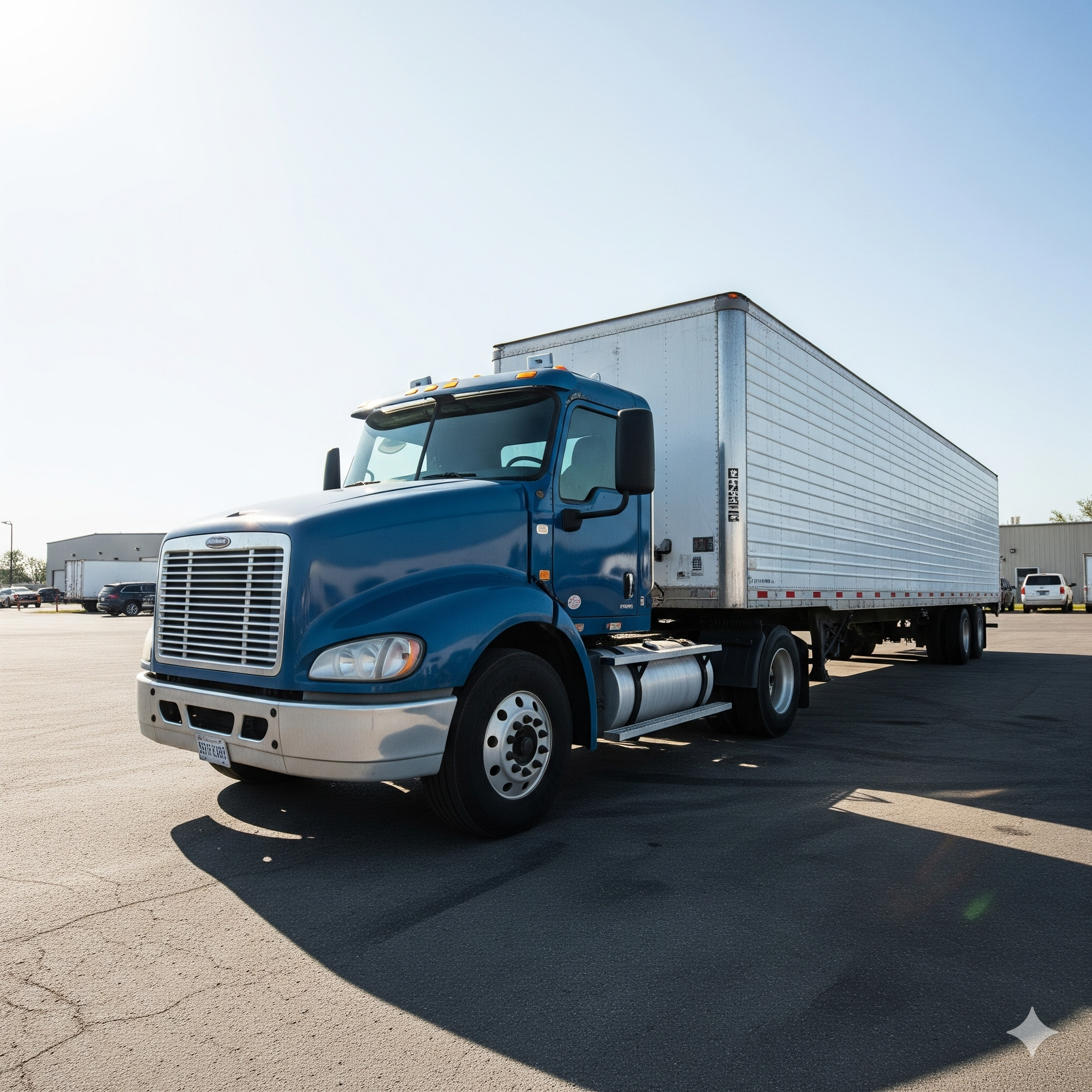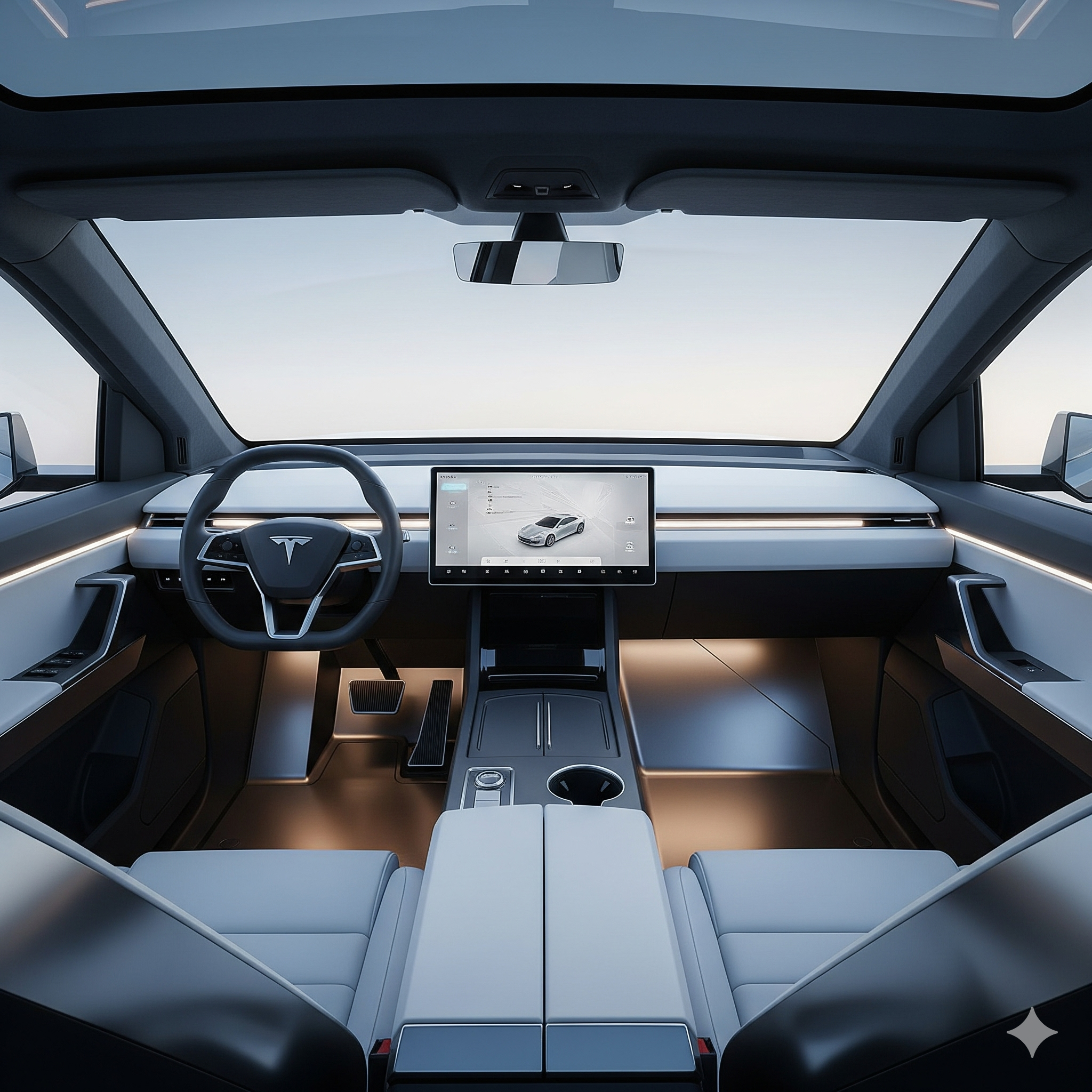Pickup trucks are no longer just about hauling and towing. They’re lifestyle machines, designed for work, play, and everything in between. When people look at midsize trucks, the Toyota Tacoma usually comes up first. It’s been a leader in the segment for years, thanks to its mix of reliability, off-road skills, and long-lasting value. But Toyota isn’t the only player in this game. GMC has been pushing hard with its Canyon, offering modern tech, premium touches, and serious power.
That leads to the big question many buyers ask: which gmc truck compare with toyota tacoma? The short answer is the GMC Canyon. Both live in the midsize category, both target drivers who want a balance of daily comfort and rugged performance, and both are chasing buyers who expect more than just a work truck.
But the real story is more layered. Let’s break down how these two trucks line up in detail, so you can decide which one fits your needs better.
A Quick Look at Both Trucks
Before diving deep, it helps to set the stage with a quick snapshot.
-
Toyota Tacoma
-
Class: Midsize pickup
-
Known for: Reliability, resale value, strong off-road trims like TRD Pro
-
Engines: 2.7L 4-cylinder, 3.5L V6, plus new turbo options in recent redesign
-
Transmission: Manual available on some trims, otherwise automatic
-
Price range: Starts in the mid-$30,000s and climbs past $50,000 for top trims
-
-
GMC Canyon
-
Class: Midsize pickup
-
Known for: Premium feel, bold styling, strong towing numbers
-
Engine: 2.7L Turbo in different outputs
-
Transmission: 8-speed automatic
-
Price range: Similar to Tacoma, running from the low $30,000s to $60,000+
-
So, on paper, they seem close. But details matter.
Design and First Impressions
Trucks make a statement the moment you see them. The Tacoma sticks to its rugged, adventure-ready look. Its front grille is bold, and the overall body lines feel tough, almost military-inspired. Toyota clearly designs it for people who want to look like they belong on a trail even when they’re in the city.
The Canyon takes a different approach. GMC leans into refinement and modern touches. The exterior styling has a squared-off, professional vibe. The Denali trim even looks like a luxury SUV with a bed in the back. That difference is key: Toyota is chasing adventure seekers, while GMC is appealing to buyers who want their truck to double as a polished daily driver.
Interior Comfort and Features
Step inside, and you’ll see the contrast grow stronger.
-
Tacoma Interior
-
Durable materials, designed to last
-
Simple layout, but not the most modern
-
Rear seats can feel cramped in the Double Cab
-
Touchscreen infotainment with Apple CarPlay and Android Auto
-
Focused more on function than luxury
-
-
Canyon Interior
-
Feels upscale, especially in Denali trim
-
More soft-touch materials, bigger screens, and modern design
-
Roomier cabin, especially in crew cab versions
-
Advanced digital displays and premium sound systems available
-
Strong focus on comfort and tech
-
If your truck is going to be a daily driver, Canyon feels nicer to live with. If you want something rugged that you don’t mind getting dirty, Tacoma fits the bill.
Power and Performance
This is where things get interesting. Both trucks have enough muscle for daily needs, but they go about it differently.
-
Toyota Tacoma
-
Older models used a 2.7L 4-cylinder or a 3.5L V6
-
Newer versions offer a 2.4L turbocharged engine with different outputs
-
Manual transmission still an option on certain trims, which truck purists love
-
Off-road trims like TRD Pro add locking differentials, skid plates, and tuned suspension
-
-
GMC Canyon
-
Uses a 2.7L turbocharged engine, tuned to different power levels depending on trim
-
Smooth 8-speed automatic transmission
-
More torque than Tacoma, giving it better towing capacity
-
AT4 and AT4X trims bring serious off-road gear, similar to Tacoma TRD trims
-
On paper, Canyon’s engine setup is more modern and stronger for towing. But Tacoma has that classic truck feel with the manual option and Toyota’s proven long-term reliability.
Towing and Hauling
If you’re buying a truck, towing matters.
-
Tacoma: Max towing sits around 6,800 pounds with the right setup. Payload capacity is usually in the 1,500-pound range.
-
Canyon: Can tow up to 7,700 pounds in its higher-output trims. Payload also beats Tacoma in some versions.
So, if you need your truck for frequent towing, Canyon has the edge.
Off-Road Capability
This is the area Tacoma has built its name on. The TRD Pro trim is legendary among off-road fans. With crawl control, locking rear differential, and suspension tuned for trails, it’s hard to beat.
But GMC isn’t sitting back. The Canyon AT4X is built for serious off-roading, with features like Multimatic DSSV dampers (borrowed from racing technology), front and rear lockers, and advanced terrain modes.
So, when people ask which gmc truck compare with toyota tacoma for off-road use, the Canyon AT4X is the direct rival. Both are designed to hit trails straight from the showroom floor.
Technology and Safety
Both brands know drivers expect modern features.
-
Tacoma
-
Toyota Safety Sense suite: adaptive cruise, lane departure warning, automatic emergency braking
-
Standard infotainment with smartphone integration
-
Tech feels solid but not cutting-edge
-
-
Canyon
-
Advanced driver-assist options, including surround-view cameras and adaptive cruise
-
Larger infotainment displays, sometimes stretching over 11 inches
-
More premium feel in how the tech is integrated
-
In short, Canyon feels more modern, while Tacoma focuses on durability and reliability.
Price and Value
Money always matters.
-
Tacoma starts around $32,000 and can hit $55,000+ with TRD Pro.
-
Canyon starts around $33,000 and can pass $60,000 in Denali or AT4X trims.
Tacoma holds resale value extremely well. Buyers know a used Tacoma can last for years without major issues, and that keeps prices high even for older models. Canyon depreciates faster, but it gives you more features and luxury up front.
Long-Term Reliability
This is where Toyota usually wins. The Tacoma has a reputation for running hundreds of thousands of miles with basic maintenance. Mechanics know them well, and parts are easy to find.
GMC has improved reliability in recent years, but long-term durability hasn’t matched Toyota’s record yet. If you plan to keep your truck for 10+ years, Tacoma feels like the safer bet. If you lease or plan to trade in within a few years, Canyon’s advantages in power and comfort may appeal more.
Who Should Choose Which?
Here’s the simplest way to frame it:
-
Pick Tacoma if you want bulletproof reliability, strong resale value, manual transmission availability, and a reputation for off-road toughness.
-
Pick Canyon if you want more power, better towing, upscale features, and a smoother daily driving experience.
Both trucks are solid. The right choice depends on your priorities.
Answering the Big Question
By now, you know the answer to which gmc truck compare with toyota tacoma: it’s the GMC Canyon. Both belong to the same midsize segment and target similar buyers.
If you care more about adventure, Toyota Tacoma is the icon. If you want refinement and capability blended with modern tech, GMC Canyon is the better match.
Either way, you’re not just buying a truck — you’re choosing a lifestyle.
Final Thoughts
The Toyota Tacoma and GMC Canyon are two of the strongest options in the midsize pickup space. Each brings unique strengths to the table. Tacoma leans on its legendary reputation and off-road credibility. Canyon counters with modern powertrains, upscale interiors, and impressive towing numbers.
So the next time you’re standing in a dealership lot wondering which gmc truck compare with toyota tacoma, you’ll know exactly where each one shines. It’s not about which is “better” overall, but which is better for your needs.
Both can handle work. Both can handle play. The choice comes down to what kind of driver you are and how you see yourself using your truck for the next few years.





Leave a Reply